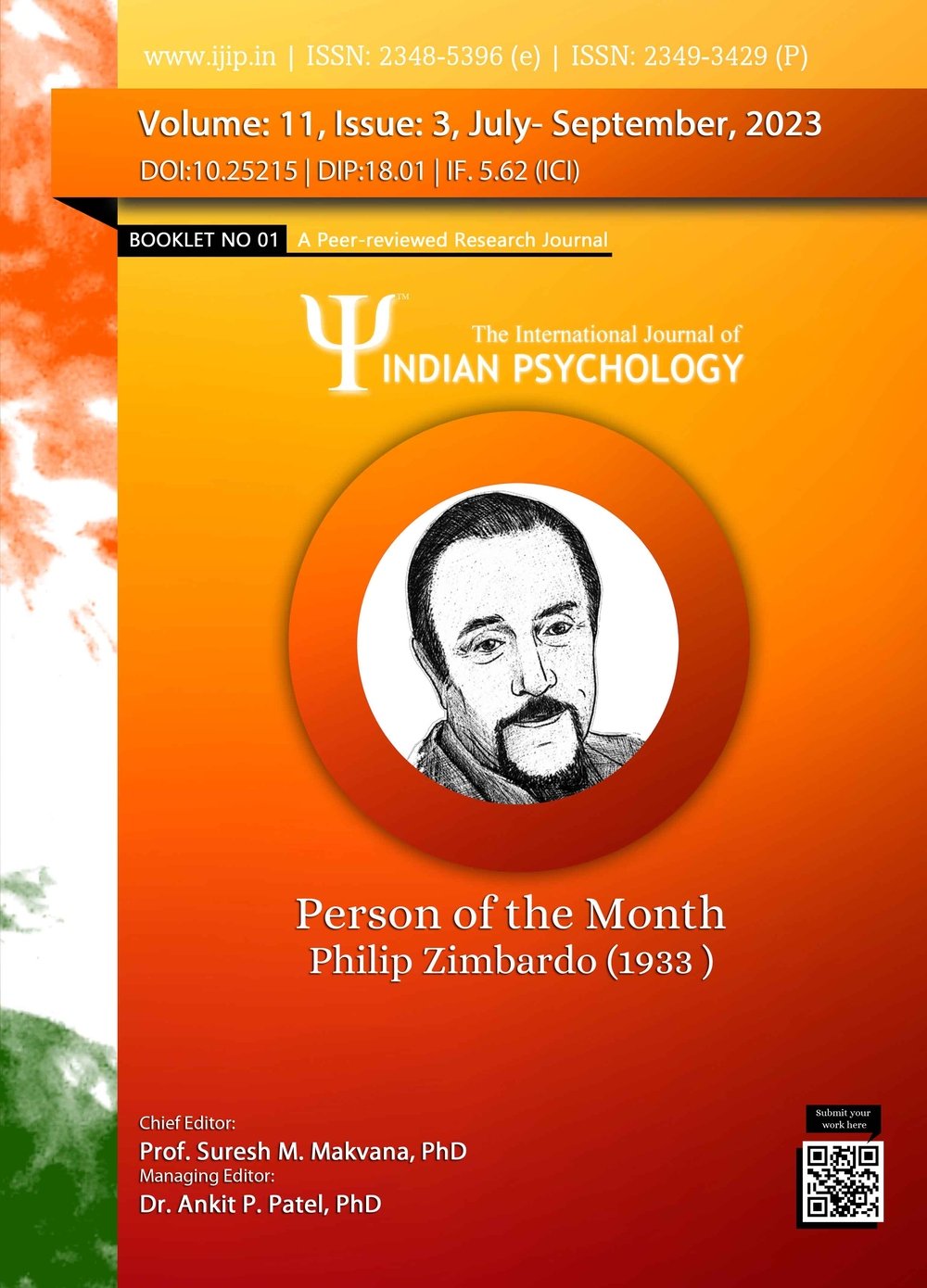Understanding the Correlation and Gender Differences between Self-Esteem and Social Connectedness of Adolescents in the Indian Context
DOI:
https://doi.org/10.25215/1103.073Keywords:
Adolescence, Self-Esteem, Social ConnectednessAbstract
During Adolescence, life is bursting with incredible energy. This is the phase of life when an individual may observe several drastic physical, emotional, and social changes. Adolescence is the pathway of self-exploration, and this is when adolescents start to organize their perceptions about their levels of self-esteem and social relations. In this study, we aim to compare the strength and direction of the correlation and gender differences between self-esteem and social connectedness among Indian adolescent girls and boys aged 12 to 18 years. The sample includes 120 subjects (60 girls and 60 boys). The sample is chosen through convenient sampling, with the help of Rosenberg’s Self-Esteem Scale and Lee’s Social Connectedness Scale-Revised. Further, the analysis of the data shows that self-esteem and social connections have a moderately positive correlation with a strength of 0.634, p < 0.05. There are no significant gender differences observed in the levels of self-esteem of adolescents (???? = 0.41, p > 0.05), hence the null hypothesis was accepted. On the other hand, the results (⍺ = 0.05, p < 0.05) show that there is a significant difference in the levels of social connectedness between adolescent boys and girls in the Indian context, rejecting the hypothesis.Metrics
No metrics found.
Published
2022-11-05
How to Cite
Pritika Thukral, Jiya Singhal, & Pragya. (2022). Understanding the Correlation and Gender Differences between Self-Esteem and Social Connectedness of Adolescents in the Indian Context. International Journal of Indian Psychȯlogy, 11(3). https://doi.org/10.25215/1103.073
Issue
Section
Articles


